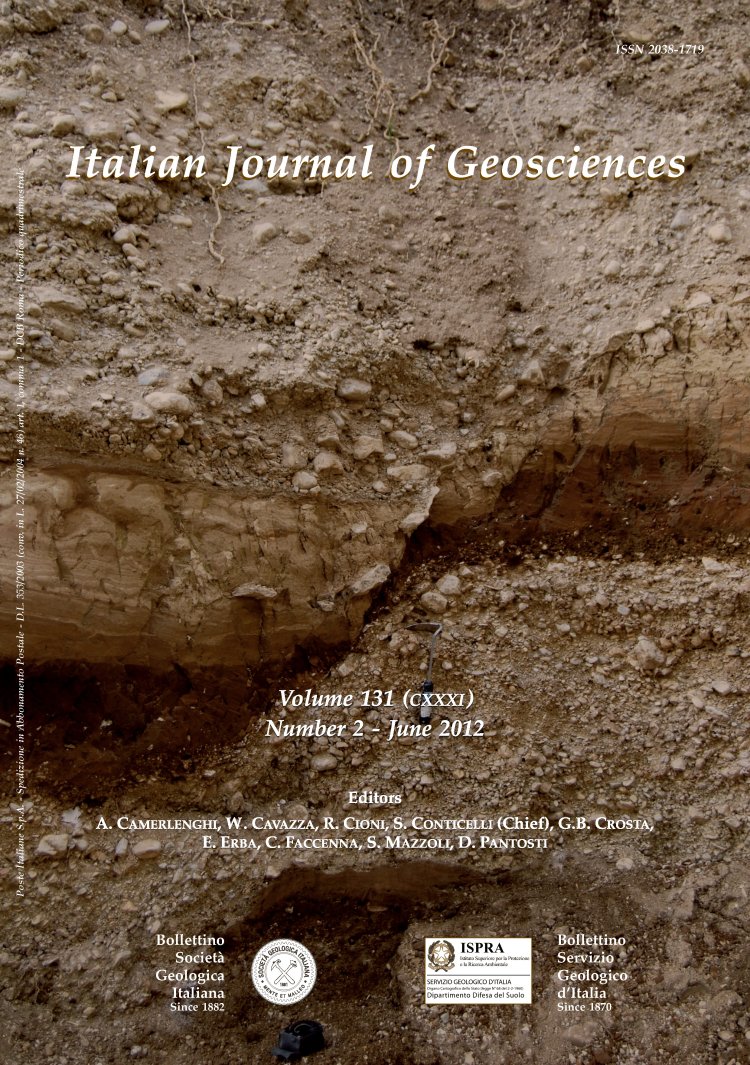
In situ abrasion of marked pebbles on two coarse-clastic beaches (Marina di Pisa, Italy)
Duccio Bertoni (*), Giovanni Sarti (**), Giuliano Benelli (***) & Alessandro Pozzebon (****)
(*) Department of Earth Sciences, University of Pisa, Via S. Maria, 53 - 56126 Pisa (Italy).
(**) Department of Earth Sciences, University of Pisa, Via S. Maria, 53 - 56126 Pisa (Italy). Corresponding author: tel.: +39 050 2215734; fax: +39 050 2215800; e-mail: sarti@dst.unipi.it
(***) Department of Information Engineering, University of Siena, Via Roma, 56 - 53100 Siena (Italy).
(****) Department of Information Engineering, University of Siena, Via Roma, 56 - 53100 Siena (Italy).
Volume: 131 (2012) f.2
Pages: 205-214
Abstract
In this paper pebbles marked by passive integrated transponders from two artificial coarse-grained beaches at Marina di Pisa (Tuscany, Italy) were analyzed in order to measure the in situ abrasion rate. The beaches (Cella 7 and Barbarossa) were set up in 2006 as a form of coastal protection. They are both composed of pebbles (30-to-90 mm diameter) and bounded longshore by huge groynes.
They differ in length (250 m and 110 m respectively) and in the presence of an additional defense structure, a submerged breakwater 50 m off the coastline, at Cella 7. The aim of the study is to reckon the abrasion rate of individual pebbles and evaluate abrasion differen ces of pebbles released on Cella 7 and on Barbarossa. The RFID technology (Radio Frequency Identification) was used to track the pebbles due to its reliability and limited costs. The tracers were released on the beaches in March 2009 along closely-spaced crossshore
transects. The recovery campaign was carried out in May 2009. A total of 127 pebbles was detected, 83 of which were recovered. Huge beach reworking during the storms determined high burial rates and consequently the loss of a definite amount of tracers.
The pebbles that were recovered showed a significant increase in roundness, in particular the tracers that were released on Barbarossa.
The average pebble weight loss measured at Cella 7 was slightly lower, which means lower mobilization rate at this site rather than at Barbarossa. The resulting values are significant considering the short time frame of the research (two months) and the limited energy of the storms occurred during the experiment.
Keywords
Get Full Text